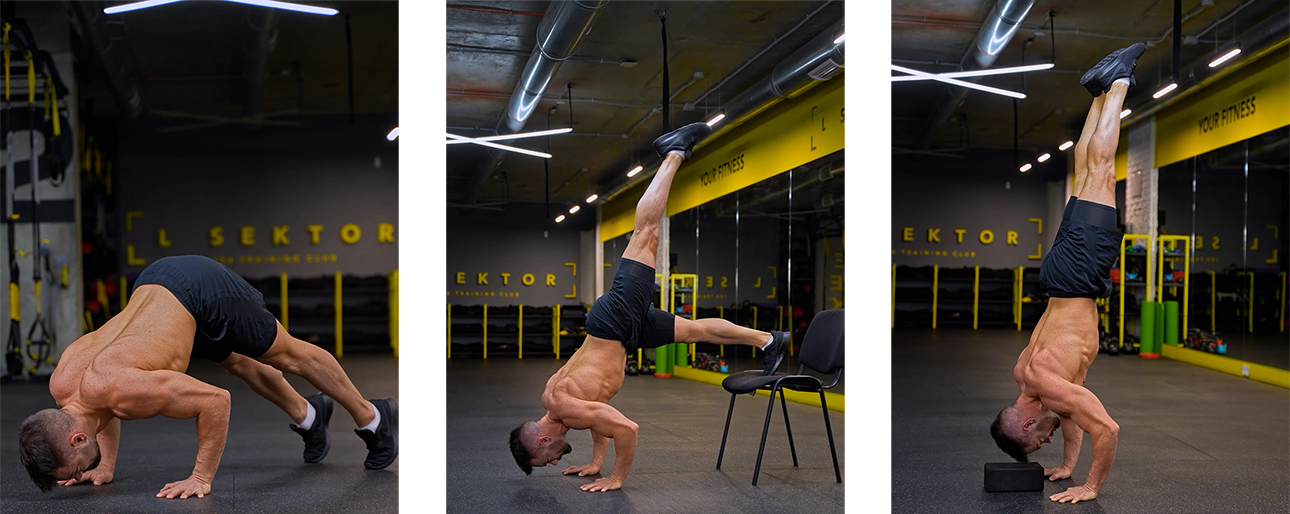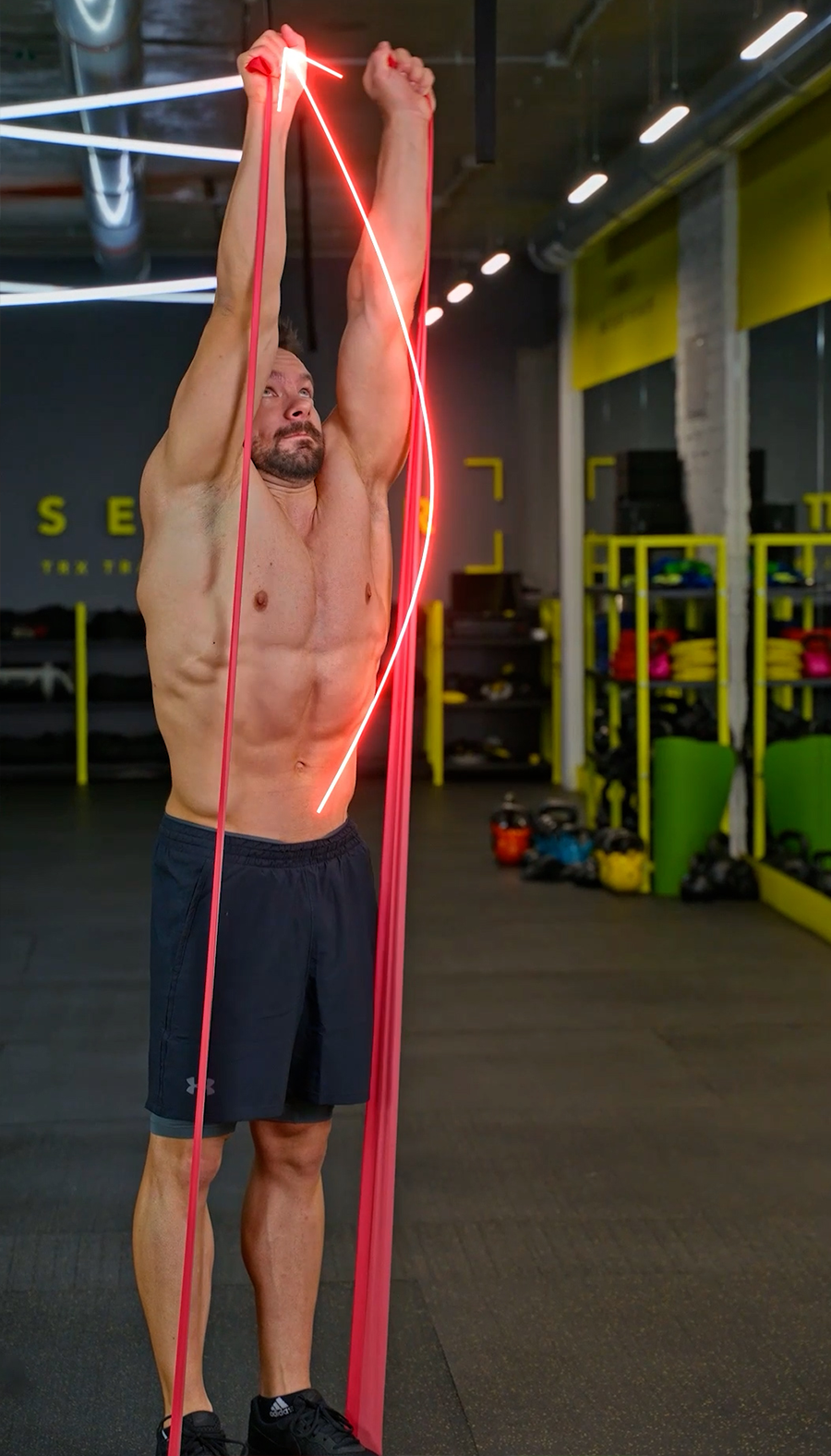Carry over Between Stalders & Planches
Planches and stalder presses to handstand are pretty different moves. Yet if we look more closely it becomes easy to tell that they have a lot in common and that training 1 can benefit the other tremendously.
First of both exercises are straight arm drills.
Additionally both are related to the handstand.
Planches and stalder presses to handstand both require shoulder opening strength. Your anterior deltoids will have to put in a lot of work to make those two skills work.
On top of that you of course also require a strong core to stabilize your body position giving your shoulders an opportunity to maneuver your body properly.
Planche = as difficult as possible
The goal of the planche is to adapt technique and body position to make the drill as hard as possible. Planches are usually used for strength training and bodyweight bodybuilding. They are great for building strong and massive shoulders using no external weights at all. As soon as you have reached your goal you change progression and make your body longer placing more weight on the shoulders. Everyone dreams of doing a full planche. While technique is obviously important here raw strength is what you will truly need.

Stalder Press = as easy as possible
Stalder presses are the exact opposite. The goal is to make them as easy and as efficient as possible by adjusting form and position using flexibility. Stalder presses are used for high level handstand conditioning but serve mainly as an entry to the handstand on for example canes or p-bars. Since the entry usually isn’t the main drill of the exercise we aim to lose as little power as possible here. Lots of people dream of doing 10 stalder presses in a row. This goal is impossible to achieve purely through raw strength and you have to use proper form and high levels of flexibility.

Where both meet
Now as discussed above the drills have a lot in common yet they are also the polar opposite to some extent. Your planche gets harder and with that better when you lean the shoulders further towards the front. The goal of the stalder press is to compress as much as possible leaning the shoulders as little as possible. It is here where the true resemblance of the two drills becomes so very clear. A terrible stalder press is basically one where the athlete uses no flexibility and therefore does not compress at all and just forces the way up through a very sloppy straddle planche.
It becomes clear that working basic planche progressions will help you gain the shoulder strength that you need in order to nail your stalder press assuming that you are already applying form and compression.
At the same time working beginner stalder progressions will help you getting started with planches. They will provide a wider range of exercises compared to the usually rather limited range of beginner planche drills. Plus beginner stalder drills are much faster to accomplish giving you something to look forward to and a feeling of success and satisfaction. In other words. You’ll be able to avoid plateaus.
Anyone training for one should definitely be training for the other. The ultimate drill where both of these skills meet in the tuck press to handstand from an L Sit. No matter which one of the two skills is your goal, everyone should start by training up to this particular skill. From here the roads will heavily differ as training needs to get significantly more specific but the tuck press to handstand is a great and ambitious goal to aim for.
Handstand Push Ups to improve your stalders & planches
Now this one is a bit more abstract but if you look carefully you will see what I mean. HSPUs are obviously bent arm skills. Yet here as well we open the shoulder in exactly the same way as in the stalder or planche. In the bottom position of the hspu the upper arm is in a 90 degree angle to the upper body. If you do a deep hspu even closer towards a 45 degrees angle. Pushing up we open this angle all the way to 180 degrees just like we do in the stalder press. This change of angles is significantly easier in the hspu as the arm is bent yet it is the same angle change and with that has direct carry over to the planche and stalder.

Planche, stalders and even handstand push ups all are closely related. Whilst not even all are straight arm moves the main goal for all of them is to open the shoulders into flexion using mainly the anterior deltoids. Train for 1 and without planning for it you are automatically training for all. That’s the beauty of calisthenics. You can focus on different skills putting certain goals in maintenance mode whilst focusing on related skills and you can be sure not to lose any gains. Yet there are two sides of the blade. This extreme connection between all skills can make programming and respecting appropriate rest and recovery times between sessions more difficult.
